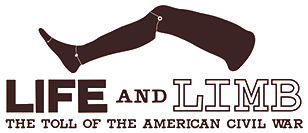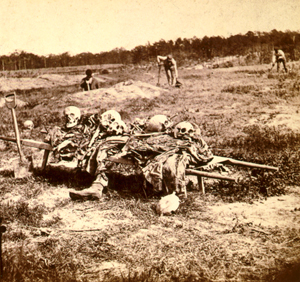
ONLINE ACTIVITIES
Civil War Veterans: from heroes to gluttons
Compare the poem and the illustration. How and why the views of injured and disabled Civil War soldiers differ from one to the other? What are the causes in the changing attitude about the veterans? Afterwards, view the images and texts in the following exhibition sections for answers:
The Invalid Corps consisted of disabled veterans who continued to serve in the military during the American Civil War. The Crutch, then weekly news paper for soldiers published a poem titled “The Invalid Corps” in October 1864. Read the poem and consider how it describes the soldiers in the Corps.
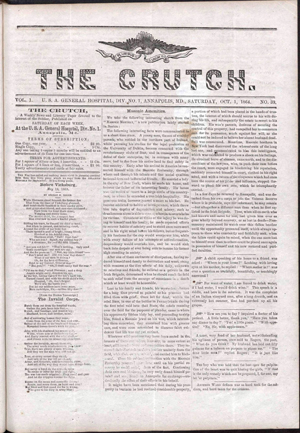
The Crutch, 1 October 1864.
Courtesy Western Reserve Historical Society
“The insatiable Glutton” illustration was published on the cover of Puck in December 1882, nearly two decades after the end of the Civil War. View the illustration closely and consider how the Civil War veterans are viewed at that time.
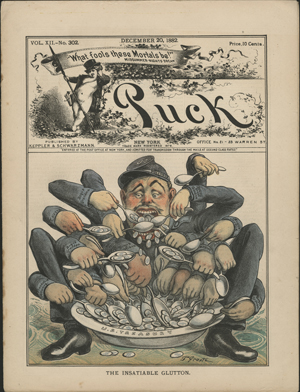
Puck magazine, 20 December 1882
Courtesy National Library of Medicine

Civil War Poems
The Life and Limb exhibition provides the gruesome realities of the Civil War combat:
“...More than half a million died, and almost as many were injured during the conflict but survived. Hundreds of thousands were permanently disabled by battlefield injuries or surgery, which saved lives by sacrificing limbs.“
The primary source images below illustrates the reality of death and amputations resulting from a long and hard-fought conflict. After viewing theses images, read two poems of Walt Whitman that provides deeper insights of the horror faced in the war. Afterwards consider how do the visual and literary primary sources work together to deepen one’s understanding of the Civil War soldiers’ experiences?; and whether the visual materials and writings that document today’s war differ or are similar to the Civil War ones?
Transcripts of “The Artilleryman’s Vision” (PDF) and “A March in the Ranks Hard-Prest, and the Road Unknown" (PDF) by Walt Whitman
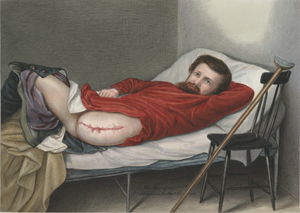
George A. Otis, Drawings, Photographs and Lithographs Illustrating the Histories of Seven Survivors of the Operation of Amputation at the Hipjoint, During the War of the Rebellion, Together with Abstracts of these Seven Successful Cases, 1867.
Courtesy National Library of Medicine


